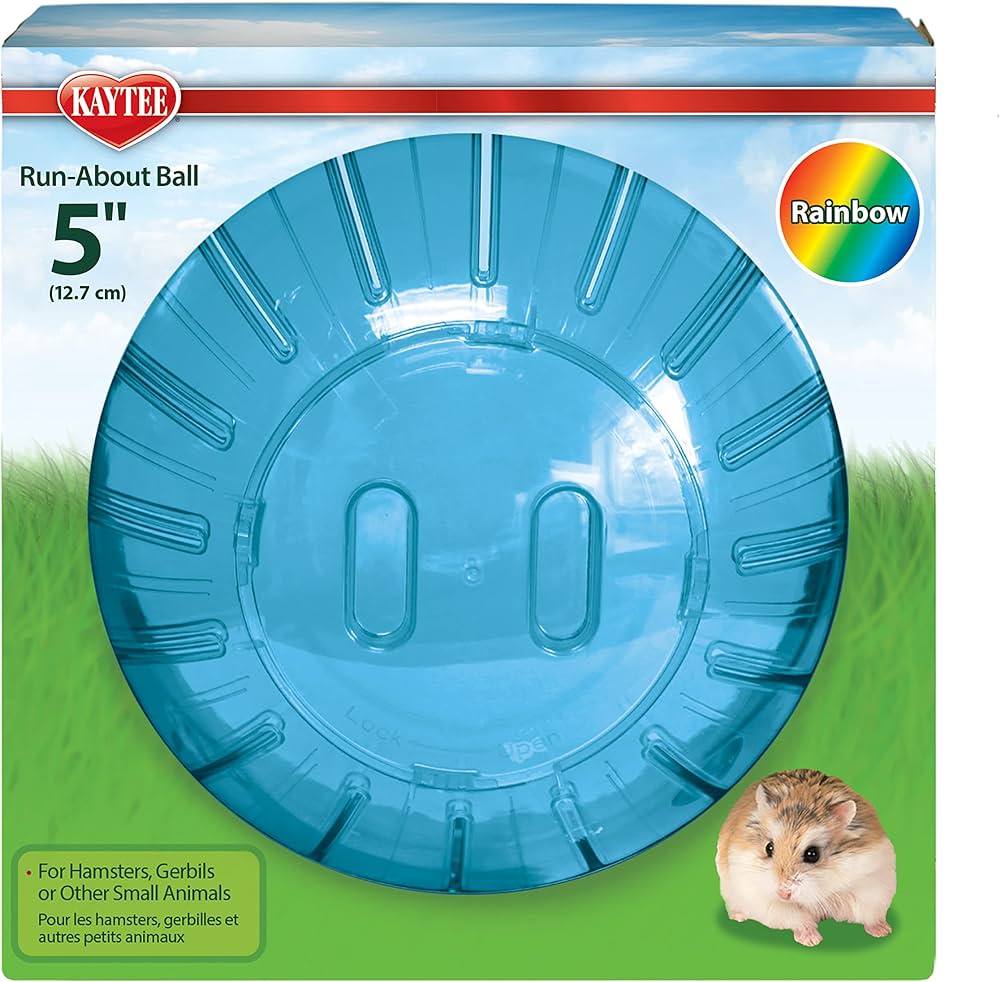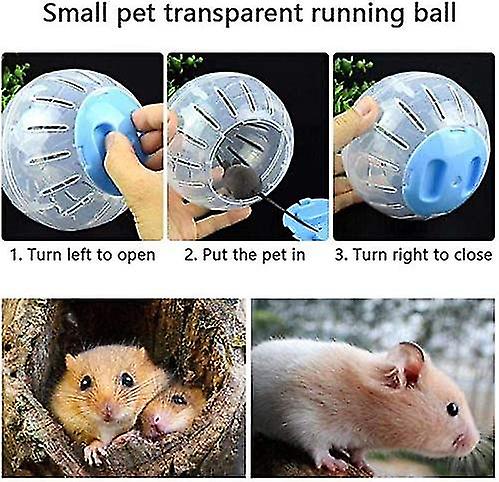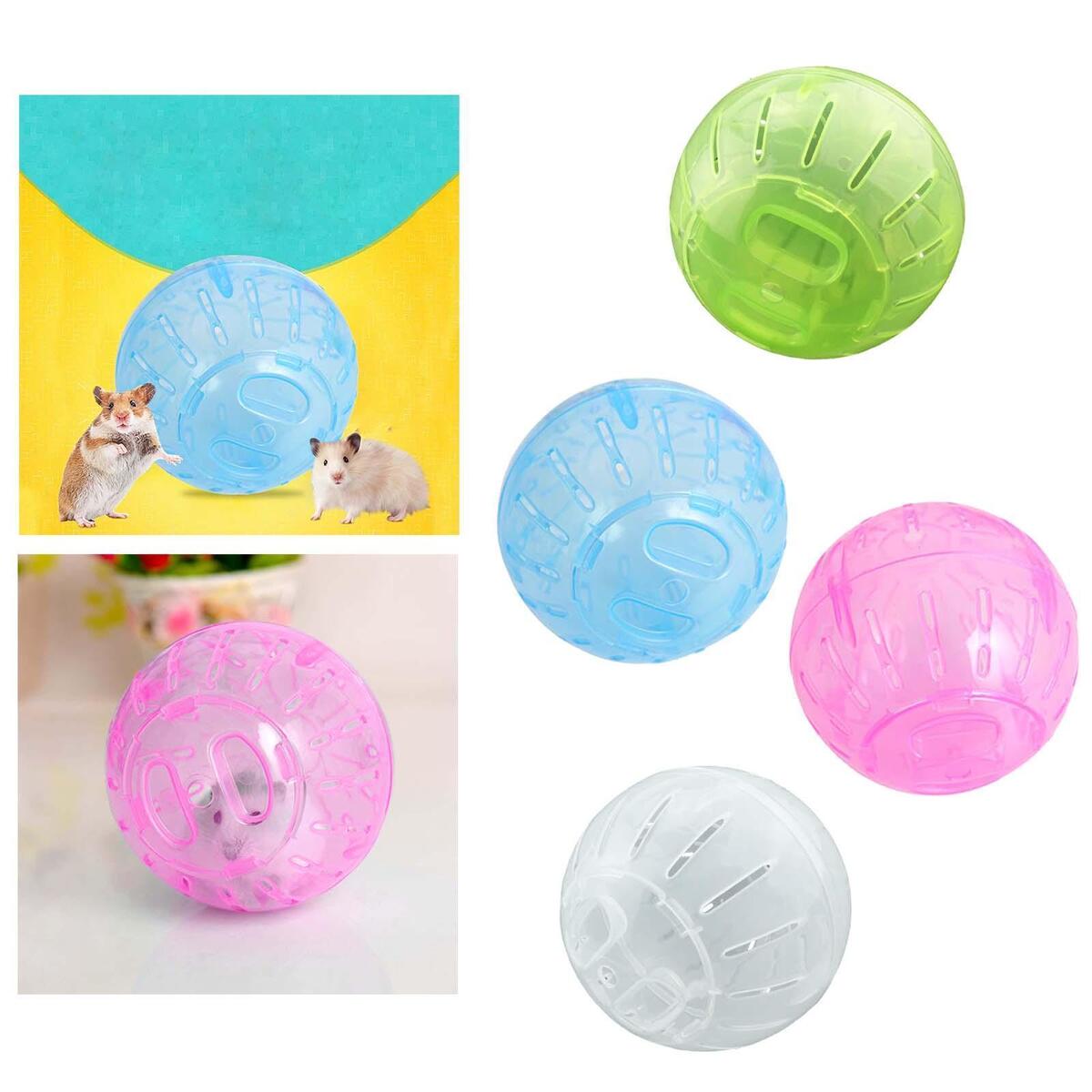As the proud owner of a hamster, I can attest to the joys and challenges of caring for these small, furry creatures. Providing them with proper exercise and enrichment is essential for their physical and mental well-being. And when it comes to hamsters, there is one iconic image that immediately comes to mind – the hamster ball.
The idea of a hamster zipping around in a clear plastic ball seems like the perfect solution for giving our little friends some much-needed exercise and entertainment. But do hamsters actually enjoy being inside these balls? Are they truly beneficial for their health and happiness, or are they more of a hindrance?
In this article, we will take a closer look at the pros and cons of hamster balls and explore alternative options for providing exercise and enrichment for our beloved pets. So, let’s delve into the hamster ball conundrum and find out if they are indeed fun or a fiasco.
>> READ MORE:
- Choosing the Perfect Name for Your Female Hamster
- Black Hamster Names A Guide to Finding the Perfect Moniker
- The Great Gerbil vs. Hamster Debate Which Tiny Friend Is Right for You?
- Gerbil vs. Hamster A Comprehensive Comparison
The Benefits and Drawbacks of Hamster Balls

Let’s start by examining the perceived benefits and drawbacks of hamster balls. On the surface, they seem like a great way for hamsters to get some exercise and satisfy their natural curiosity. However, as with anything else, there are two sides to every coin.
Pros of Hamster Balls:
Exercise:
Hamster balls provide a form of exercise, especially for hamsters living in small cages. As these animals are naturally active and love to run, the constant movement inside the ball can help them build muscle and burn off energy. This is particularly important for hamsters who may not have access to large cages or an exercise wheel.
Exploration:
One of the biggest appeals of hamster balls is that they allow the hamster to move around in a larger area, thus expanding their exploration territory. By rolling around, they can experience different textures and scents, which can provide mental stimulation and prevent boredom.
Entertainment:
For a short burst of activity, hamster balls can be exciting and entertaining, especially for young hamsters. It’s no secret that these little creatures love to run, and being inside a ball can give them a sense of freedom and adventure.
Cons of Hamster Balls:
Limited Freedom:
Despite the illusion of movement, hamster balls severely restrict the hamster’s natural movements. They cannot climb, jump, or forage as they would in their natural habitat. This lack of freedom can lead to frustration, stress, and even physical injuries.
Lack of Mental Stimulation:
While hamster balls may provide some physical exercise, they fall short when it comes to mental stimulation. In the wild, hamsters are constantly engaged in activities such as digging, foraging, and climbing. Being confined to a ball, they lose out on these important natural behaviors, which can have a negative impact on their overall well-being.
Potential Health Risks:
There is also a risk of health issues associated with using hamster balls. These include overheating, dehydration, and even injury from collisions with objects or falls from high places. Additionally, prolonged use of hamster balls can cause foot injuries and deformities due to the constant pressure on their feet.
Alternatives to Hamster Balls for Exercise

So, if hamster balls aren’t the ideal solution for providing exercise and enrichment for our furry friends, what are the alternatives? Here are some options to consider:
Exercise Wheels:
One of the most popular alternatives to hamster balls is an exercise wheel. These come in various sizes and styles, and they allow the hamster to run freely without being confined to a small space. Make sure to choose a solid surface wheel to avoid any potential foot injuries.
Playpens:
Playpens are another excellent option for allowing hamsters to explore and exercise in a safe and controlled environment. You can either purchase a ready-made playpen or create one using cardboard boxes or plastic storage bins. Just make sure to supervise your hamster while they are in the playpen and remove any potential hazards.
Maze or Tunnel Systems:
Another fun way for hamsters to get some exercise is by creating a maze or tunnel system. You can use cardboard tubes, PVC pipes, or even empty toilet paper rolls to create a labyrinth for them to run through. This not only provides physical exercise but also stimulates their natural curiosity and instincts.
Hamster Balls with Larger Openings:
If you still want to use a hamster ball, consider purchasing one with larger openings. This will allow your hamster to enter and exit the ball freely, giving them more control over their movements. However, always supervise your hamster while they are in the ball, and limit their time to short bursts to avoid any potential health risks.
Safety Considerations for Hamster Balls

If you do choose to use a hamster ball for your pet, it is essential to take proper safety precautions to ensure their well-being. Here are some things to keep in mind:
- Size Matters: Always make sure to choose a hamster ball that is appropriate for the size of your pet. A ball that is too small can cause discomfort, while one that is too big may make it difficult for the hamster to control its movements.
- Check for Sharp Edges: Before placing your hamster inside the ball, check for any sharp edges or cracks that could potentially harm them. Smooth out any rough spots or discard the ball if it is damaged.
- Avoid Uneven Surfaces: When using a hamster ball, make sure to do so on a flat and smooth surface. Avoid using it on carpeted or uneven surfaces as this can cause the ball to lose balance and potentially harm your pet.
- Keep an Eye Out: Always supervise your hamster while they are in the ball. This will allow you to intervene if any potential dangers arise and ensure their safety.
Choosing the Right Hamster Ball

If you have decided that a hamster ball is the best option for your pet, there are some important factors to consider before making a purchase. These include:
Size:
As mentioned earlier, it is crucial to choose a hamster ball that is appropriate for the size of your pet. A general rule of thumb is to opt for a ball that is at least six inches in diameter for Syrian hamsters and four inches for dwarf hamsters.
Material:
Choose a sturdy and durable material such as hard plastic or acrylic. Avoid using glass or soft plastic balls as they can easily break or be chewed through by your hamster.
Ventilation:
Ensure that the ball has proper ventilation holes to prevent overheating and provide fresh air for your pet. Avoid using balls with mesh openings as they can trap your hamster’s feet and cause injury.
Ease of Use:
Choose a ball with easy-to-use openings that allow your hamster to enter and exit without difficulty. This will give them more control over their movements and make the experience less stressful.
Tips for Using Hamster Balls Safely and Effectively

Now that you know the pros and cons of hamster balls and how to choose the right one for your pet, here are some tips for using them safely and effectively:
- Limit Time Spent Inside the Ball: As mentioned earlier, always limit your hamster’s time inside the ball to short bursts. This will help prevent any potential health risks and give them a chance to rest.
- Introduce the Ball Slowly: If your hamster is not used to being inside a ball, introduce it slowly. Place the ball in their cage and let them explore it on their own terms. This will help them get comfortable and reduce any potential stress.
- Always Supervise: Never leave your hamster unattended while they are in the ball. Always supervise them to avoid any potential accidents or injuries.
- Use as a Supplemental Activity: Remember, hamster balls should not be the only source of exercise and enrichment for your pet. Use them as a supplemental activity and provide other options such as an exercise wheel or playpen for a well-rounded experience.
Conclusion
In conclusion, while hamster balls may seem like a fun and exciting way to give our furry friends some exercise and entertainment, they come with their own set of drawbacks and potential risks. It is important to consider these factors before using a hamster ball and explore alternative options for providing exercise and enrichment for your pet. And if you do decide to use a hamster ball, remember to take proper safety precautions and limit the time your hamster spends inside it. Ultimately, the key is to find a balance between keeping our hamsters healthy and happy and satisfying our desire to see them zipping around in a ball.

